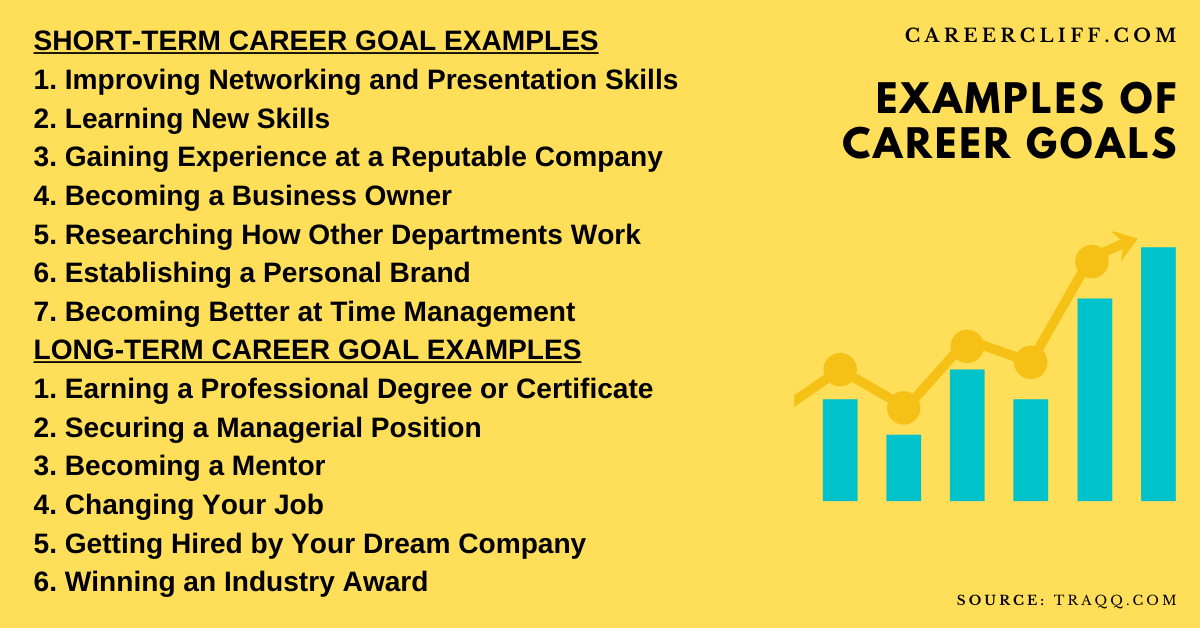Choosing the right IT courses based on career goals is crucial for a successful tech career. This guide helps you navigate the exciting world of IT training, matching your aspirations with the right skills and certifications. We’ll explore various career paths, assess your current skills, and map out a personalized learning plan to achieve your professional objectives in the tech industry.
We’ll cover everything from understanding in-demand roles and their salary expectations to selecting the most effective learning methods and financing your education.
Think of this as your roadmap to a fulfilling IT career. We’ll break down the complexities of choosing the right certifications, courses, and learning styles to ensure your journey is efficient and effective. Whether you’re a complete beginner or looking to upskill, this guide will empower you to make informed decisions and reach your full potential in the dynamic world of information technology.
Choosing the Right IT Courses Based on Career Goals
Navigating the world of IT courses can feel overwhelming. With countless certifications, programs, and specializations available, choosing the right path requires careful planning and self-awareness. This guide provides a structured approach to selecting IT courses that align perfectly with your career aspirations, ensuring your investment of time and money yields maximum returns.
Identifying Career Goals in IT

The IT sector offers a diverse range of career paths, each demanding a unique skill set. Understanding these paths and their associated skills is crucial for selecting relevant courses. Some popular in-demand roles include network engineers, cybersecurity analysts, data scientists, and software developers.
| Role | Required Skills | Average Salary (USD – approximate) | Career Growth Potential |
|---|---|---|---|
| Network Engineer | Networking protocols (TCP/IP, BGP, OSPF), routing, switching, network security, troubleshooting | $80,000 – $120,000 | High – opportunities for specialization in areas like cloud networking or security |
| Cybersecurity Analyst | Network security, ethical hacking, security auditing, incident response, risk management | $70,000 – $110,000 | High – increasing demand due to growing cyber threats |
| Data Scientist | Programming (Python, R), statistical analysis, machine learning, data visualization, data mining | $90,000 – $150,000 | High – data is becoming increasingly valuable in all industries |
| Software Developer | Programming languages (Java, Python, C++), software design principles, databases, testing methodologies | $75,000 – $130,000 | High – constant evolution of software technologies creates ongoing demand |
Long-term prospects vary depending on the specific role and individual’s skills and experience. However, the IT sector consistently shows strong growth, offering ample opportunities for career advancement and specialization.
Matching IT Courses to Career Goals
Different IT certifications cater to specific career paths. CompTIA certifications, for example, offer a foundational understanding of IT infrastructure, while Cisco certifications focus on networking technologies, and Microsoft certifications specialize in Microsoft products and services. Choosing the right certification depends heavily on your chosen career path.
A flowchart could visually represent the course selection process: Start with your career goal, identify required skills, research relevant certifications and courses, select courses that address those skills, and finally, enroll and complete the courses.
| Course | Curriculum Focus |
|---|---|
| Cisco CCNA | Networking fundamentals, routing and switching technologies, network security basics |
| CompTIA Network+ | Broader networking concepts, including cabling, network topologies, and troubleshooting |
| Microsoft Networking Fundamentals | Networking within a Microsoft environment, focusing on Windows Server and related technologies |
Assessing Individual Skills and Knowledge
Before enrolling in courses, a self-assessment is crucial. Identify your existing skills and knowledge, pinpoint any gaps, and prioritize courses that fill those gaps. A simple questionnaire can help structure this process. For example, questions could assess proficiency in programming languages, networking concepts, database management, or cybersecurity principles.
Picking the right IT courses is key – you need to match your training to your dream job. For example, if you’re aiming for a high-level position, thorough planning is essential, just like the careful consideration involved in major legal cases, such as the one reported here: Federal courts won’t refer Clarence Thomas for DOJ investigation.
Ultimately, your career path depends on making informed decisions about your education, so choose wisely!
Exploring Different Learning Methods and Resources
Various learning methods cater to different learning styles and preferences. Online courses offer flexibility, boot camps provide intensive training, and traditional university programs offer structured learning and academic credentials. Each method has advantages and disadvantages regarding cost, time commitment, and learning pace.
| Method | Pros | Cons | Cost |
|---|---|---|---|
| Online Courses | Flexibility, affordability, wide range of subjects | Requires self-discipline, less interaction with instructors | Varies widely |
| Boot Camps | Intensive, fast-paced learning, career-focused curriculum | Expensive, demanding schedule | High |
| University Programs | Structured learning, academic credentials, networking opportunities | Time-consuming, expensive | High |
Building a Personalized Learning Plan
A structured learning plan ensures you stay on track. This plan should Artikel specific courses, resources, timelines, and strategies for staying motivated. A sample plan for a cybersecurity analyst might include courses on ethical hacking, network security, and incident response, supplemented by online tutorials and practice labs. Realistic timelines should be established, considering the time commitment required for each course.
Financial Considerations and Career Advancement, Choosing the right IT courses based on career goals

The cost of IT courses varies significantly. However, the return on investment (ROI) can be substantial, with higher salaries and improved career prospects often following certification. Funding options include scholarships, loans, and employer-sponsored training programs. A hypothetical scenario: completing a cybersecurity certification could lead to a job with a $20,000 annual salary increase, quickly offsetting the cost of the course and providing a significant long-term financial benefit.
Conclusive Thoughts: Choosing The Right IT Courses Based On Career Goals

Landing your dream IT job starts with strategic planning and the right education. By carefully considering your career goals, assessing your skills, and choosing the appropriate IT courses and learning methods, you’ll be well-equipped to navigate the competitive tech landscape. Remember, continuous learning and adapting to industry trends are key to long-term success. So, start planning your IT education journey today – your future self will thank you!
Picking the right IT courses is key to landing your dream tech job. Think about what area excites you – cybersecurity, data science, or web development? Staying informed about global events, like understanding the implications of the recent health crisis detailed in this article, What is HMVP virus, Chinas recent ‘Covid-like outbreak’, should , can even help you choose a specialization.
For example, the demand for bioinformatics experts might increase following such outbreaks. So, research your options carefully and choose wisely!
User Queries
What if I don’t have any prior IT experience?
Many entry-level IT roles require foundational skills. Start with introductory courses covering fundamental concepts like networking, operating systems, and cybersecurity basics. Look for courses specifically designed for beginners.
Picking the perfect IT course is all about your career dreams. Want to be a cybersecurity whiz? A web developer? Check out some great options to get you started; for example, you can find top-rated IT courses for beginners with career guidance to help you decide. Once you know your goals, finding the right training becomes much easier.
So, take some time to plan ahead!
How long does it typically take to complete an IT certification?
It varies widely depending on the certification, your prior knowledge, and the intensity of your study. Some certifications can be completed in a few months, while others may take a year or more.
Are online IT courses as effective as in-person classes?
Online and in-person courses both have advantages and disadvantages. Online courses offer flexibility, but require self-discipline. In-person classes provide structured learning and interaction with instructors and peers.
How can I find affordable IT training options?
Explore options like community college courses, online learning platforms offering financial aid, scholarships, and employer-sponsored training programs.
